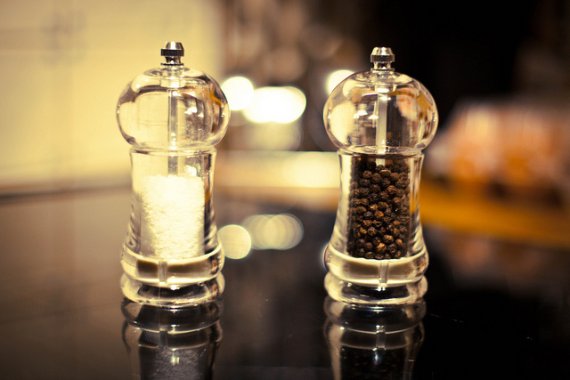Photo: James Sefton
The calculation should help policymakers to keep as many people as possible healthy per euro spent. The study came out last December in the American Journal of Clinical Nutrition.
Nutrition researchers in the Netherlands are interested in salt because the Dutch eat far too much of it: mainly through processed foods such as frozen pizzas. Consumers eat an average of 9 grams a day, whereas the recommended amount is 6 grams. This overconsumption is unhealthy because salt raises blood pressure, which in turn increases the chances of cardio-vascular disease.
If everyone consumed the recommended daily 6 grams, 30,000 fewer heart attacks is not the only effect predicted by the calculations. Marieke Hendriksen, WUR PhD student working at the RIVM, calculated that 58 in 1000 strokes would be prevented too. Less salt ensured that more people survived the 20 years included in the calculations. Per 1000 deaths, this meant 7 people. This took into account that someone who is spared a heart attack might die of another condition.
Risk factors
In order to calculate these health benefits, the study relied on an RIVM model called the Chronic Diseases Model, which analyses how numerous Dutch people will contract a range of 20 diseases, including cancer and cardio-vascular disease. This is done using information about risk factors, such as the proportion of Dutch people with high blood pressure. For the study, the researchers first fed the most recent information into the model. Then they had the virtual population eat less salt, and calculated the effect of the thereby lowered blood pressure.
It is of course common knowledge that too much salt is bad, but these calculations are significant nevertheless, says Joop van Raaij, associate professor of Human Nutrition and nutrition expert at the RIVM. ‘Policymakers often wonder what steps we can take as a government to cut down the number of deaths from cardiovascular disease. They compare different interventions to see which ones deliver the biggest health benefits. These sorts of figures are useful for doing that.’

